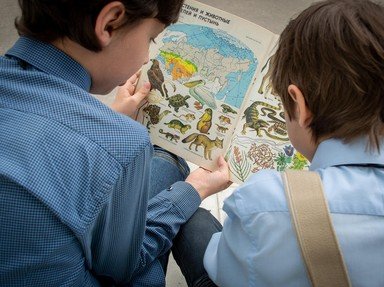
Biomes Abound! Trivia Quiz
Biomes are areas in the world that have similar climate, plants, and animals. Although some sources say there are only five major biomes, others separate them further. Match the plants with the biome. Be careful to pick the best choice for each!
A matching quiz
by ponycargirl.
Estimated time: 4 mins.